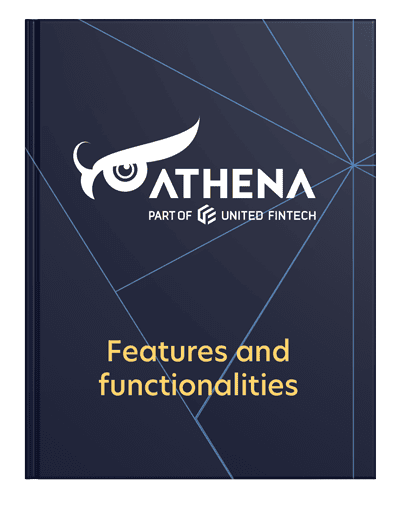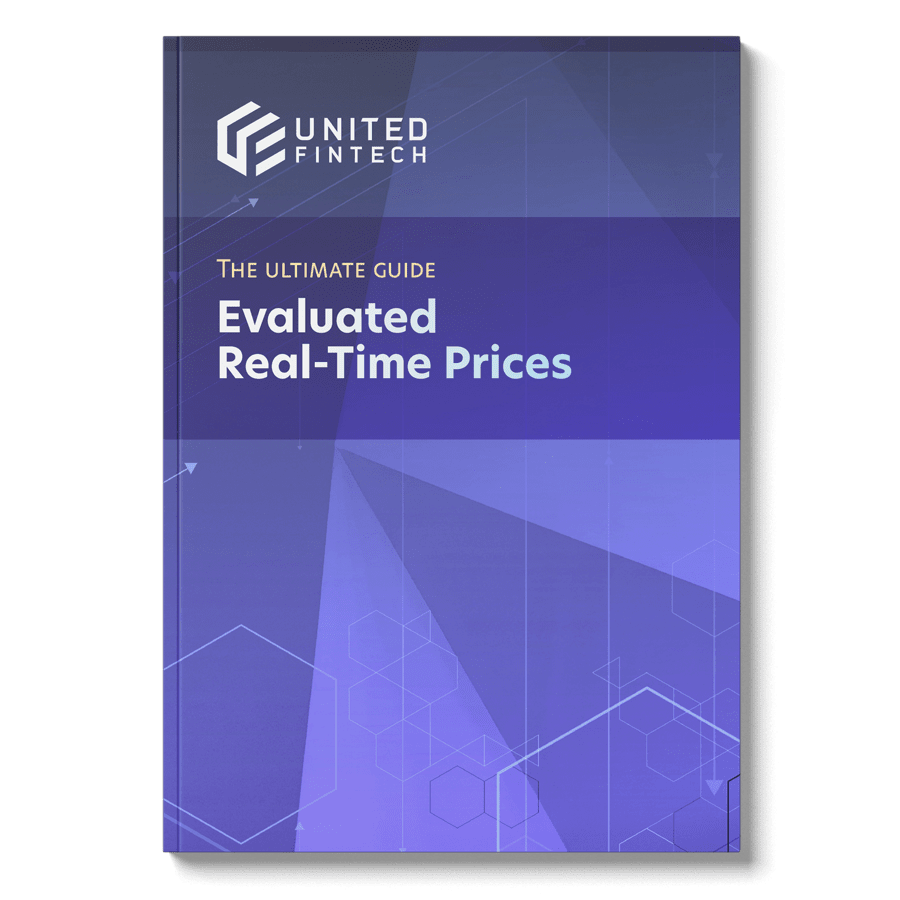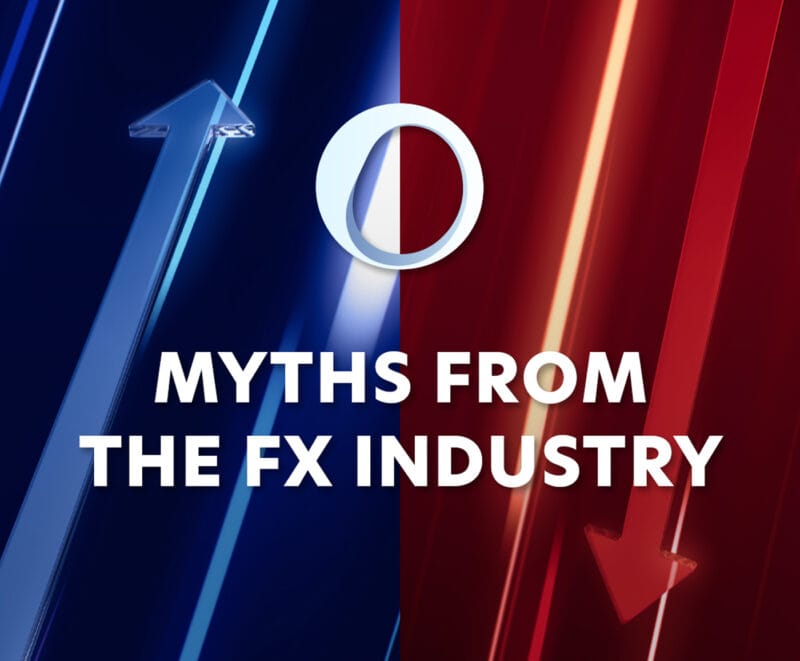“Plan your trade, and trade your plan.”
The most important word in that wise old antimetabole might just be “and.”
That word encompasses the concept of patience. Between planning and execution, there is often a drawn-out waiting period in which traders closely monitor the markets for their ideal conditions to appear.
At that point, acting quickly is crucial. In today’s world of instantaneous order executions, the only barrier is the time it takes to receive the right market data.
To avoid slippage and other costly mistakes, it’s more important than ever to have access to affordable real-time market data.
Delayed market data is fine — for some people
Market data providers (of which there are many) offer a wide range of delivery options in terms of frequency and latency, but there are two main categories: real-time and delayed.
Delayed market data is usually shared ten to 20 minutes after its initial publication. Some vendors will offer free access to delayed data feeds, which also offers insight into historic trends. Even delayed data feeds come with large costs, however, especially delayed data feeds from exchanges.
Real-time market data is published, as the name suggests, as soon as the information is publicly available. This kind of datastream offers a live view of intraday trading activity across various asset classes and markets.
Fundamental traders — meaning those who focus on long-term investments less prone to daily volatility — may not need access to real-time market data. They may instead look to news sources or company-provided financial updates to inform their trading decisions.
However, real-time market data is a standard tool for day traders, brokers, and anyone involved in high-frequency trading.
The dangers of delayed market data
A ten-minute delay may not seem like much, but in a world where saving one millisecond in trading speed can net $100 million a year, speed is everything. Investors rely on market data for accurate pricing information, and in a fast market, data that’s ten minutes old is as stale as yesterday’s bread.
Day trading is notoriously unpredictable, so it’s essential to be able to identify short-term volatility quickly. If you’re trying to buy the dip, subscribing to a delayed data feed means you’re missing out on the chance to act first when the market turns.
Using delayed data to place an order is risky as sudden price fluctuations can lead to heavy losses. Traders can protect themselves by only submitting limit orders, but that means missed opportunities — all because your execution was delayed due to your data speed.
So why do so many investors and brokers still work with delayed market data subscriptions?
In a word: cost. Real-time data is expensive, and brokers who work with many different financial instruments may need to subscribe to multiple different indices to get all the information they need.
Tired of delayed market data and hefty licensing fees? Get high-quality, affordable real-time financial data from United Fintech instead.
Real-time market data at a fraction of the usual cost
For large brokers, the monthly costs for subscribing to multiple indices can soar into the tens of thousands of dollars. Not only is this a significant expense, it also leads to logistical and technical problems with complicated licensing agreements and complex integrations.
Increasingly, financial institutions and data vendors are looking to consolidate their market data subscriptions in an effort to both save money and provide premium service to their clients.
A solution like United Fintech’s real-time market data offers direct access to the world’s most important financial exchanges, brokers and interbank markets — all at a fraction of the cost of most real-time market subscriptions. This kind of subscription, which covers more than 180 indices, can help professional market participants save more than 90% in costs related to sourcing and redistribution of real-time price data.
A consolidated solution also offers deeper market data across a wide range of financial products, including transparent valuations of illiquid and hard-to-value instruments which do not have observable market prices.
Want to know more about what implementing real-time market data can do for you? Take a look at the 5 top benefits of using real-time market data.
The hidden costs of delayed data
Real-time market data — despite its often hefty price tag — is not a luxury item. But investors, advisors, and assets managers today have more options than ever before.
Instead of ordering an a la carte selection of data feeds — and paying in both high fees and complicated subscription management — financial institutions can choose a data vendor that offers access to a wide variety of key figures and risk indicators, all in real time.
“Plan your trade, and trade your plan.”
Without access to the most up-to-date market data, it’s almost impossible to follow that advice.
Using delayed data may save money in the short term, but costly mistakes and missed opportunities mean you’ll be losing out in the long run. Luckily, there are affordable alternatives out there to some of the legacy data vendors who may be cost-prohibitive.
About United Fintech
United Fintech offers the best fintech products on one central platform. We enable banks and financial institutions to access innovative digital technologies by partnering with engineering-led fintech companies with proven capital markets products.
Our solution for real-time market data displays information on more than 180 indices, 3,000 equities, 500 fx pairs, and more — at a fraction of the cost of legacy data solutions.
Learn more about our suite of fintech solutions at or our website or schedule a call with one of our representatives to learn more about the real-time product.














